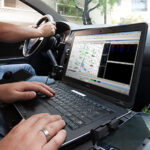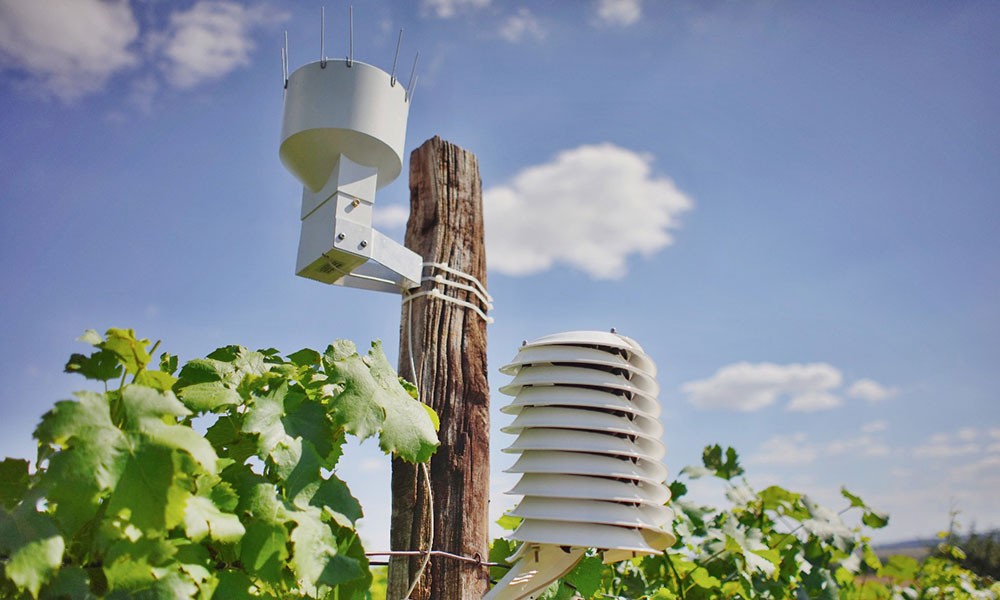Smart Farming is the latest technological innovation in the agricultural sector that uses IoT solutions and advanced technologies like sensors to make farming practices more efficient and sustainable. In today’s world, where the global population is growing rapidly, the demand for food is increasing at an unprecedented rate. To meet the rising demand, it is essential to adopt modern farming practices that can provide high-quality crops and increase productivity while conserving natural resources. This is where the role of sensors in Smart Farming comes into play.
Sensors are the backbone of Smart Farming technology as they collect data on various aspects of farming practices like soil moisture, temperature, light, and other environmental factors. This data is then used to make informed decisions and optimize the use of resources like water, fertilizers, and pesticides.
Types of Sensors Used in Smart Farming
Smart Farming utilizes a variety of sensors, each of which serves a crucial role in enhancing the efficiency and sustainability of the farming process. The following are some of the most frequently employed sensors:
Soil Moisture Sensors
These sensors measure the amount of moisture in the soil, which is a critical factor in crop growth. They provide information on the water content in the soil, which helps farmers to make informed decisions on irrigation.
Temperature Sensors
These sensors measure the temperature of the soil, air, and water. They provide valuable information on the optimal temperature range required for crop growth and can help farmers to identify potential risks like frost.
Light Sensors
These sensors measure the intensity and duration of light that reaches the plants. They provide information on the optimal light conditions required for crop growth and can help farmers to optimize the use of artificial lighting in greenhouses.
Nutrient Sensors
These sensors measure the concentration of nutrients like nitrogen, phosphorus, and potassium in the soil. They provide information on the nutrient status of the soil, which helps farmers to optimize the use of fertilizers.
Applications of Sensors in Smart Farming
Sensors have a wide range of applications in Smart Farming. Here are some of the most common applications of sensor technology in agriculture:
Precision Farming
Sensors can provide accurate and real-time data on crop health and growth, which can help farmers to identify potential risks and take appropriate measures to prevent crop losses. They can also help farmers to optimize the use of resources like water, fertilizers, and pesticides, which can lead to higher crop yields and lower costs.
Water Management
Sensors can be used to monitor soil moisture levels and weather conditions, which can help farmers to optimize irrigation and prevent over-irrigation. This can save water and reduce the risk of waterlogging, which can damage crops.
Livestock Management
Sensors can be used to monitor animal behavior, health, and productivity. They can provide valuable information on factors like feed intake, milk production, and body temperature, which can help farmers to identify potential health issues and take appropriate measures.
Benefits of Using Sensors in Smart Farming
The use of sensors in Smart Farming can provide several benefits, including:
Increased Crop Yields
By providing accurate and real-time data on crop health and growth, sensors can help farmers to identify potential risks and take appropriate measures to prevent crop losses. This can lead to higher crop yields and increased profitability.
Reduced Costs
Sensors can help farmers to optimize the use of resources like water, fertilizers, and pesticides. This can lead to cost savings and reduce the environmental impact of farming practices.
Improved Sustainability
By optimizing the use of resources and reducing waste, sensors can help to make farming practices more sustainable. This can help to conserve natural resources, reduce greenhouse gas emissions, and promote biodiversity.
Future of Sensor Technology in Agriculture:
Despite the challenges and limitations, the future of sensor technology in agriculture looks promising. With the increasing demand for food and the need to make farming practices more sustainable, there is a growing interest in the use of IoT solutions and sensor technology in Smart Farming.
Conclusion:
Sensors play a crucial role in Smart Farming by collecting data on various aspects of farming practices and providing valuable insights that can help farmers to optimize the use of resources, increase productivity, and make farming practices more sustainable. While there are challenges and limitations to using sensor technology in agriculture, the benefits outweigh the costs, and the future looks promising for the adoption of IoT solutions and sensor technology in Smart Farming.
FAQs
How do sensors help farmers conserve water?
Sensors can measure soil moisture levels and weather conditions to determine when and how much water to apply to crops. This helps farmers to avoid over- or under-watering, which can save water and reduce the costs associated with irrigation.
Can sensors help farmers reduce pesticide use?
Yes, sensors can detect pests and diseases early, allowing farmers to apply pesticides only when needed. This can reduce the amount of pesticides used, lower costs, and minimize the impact on the environment.
How do sensors improve animal welfare in Smart Farming?
Sensors can monitor the health and behavior of livestock, allowing farmers to detect potential health problems and intervene before they become serious. This can improve animal welfare and reduce the need for antibiotics and other treatments.
What types of crops can benefit from sensor technology?
Sensors can be used on a wide variety of crops, including fruits, vegetables, grains, and specialty crops like coffee and tea. They can also be used in different types of farming systems, including conventional and organic farming.
How can farmers access and use data collected by sensors?
Farmers can access sensor data through web-based platforms or mobile applications. They can use this data to make informed decisions about crop management, irrigation, fertilization, and other farming practices. Some platforms even offer predictive analytics and machine learning capabilities to help farmers optimize their operations.








